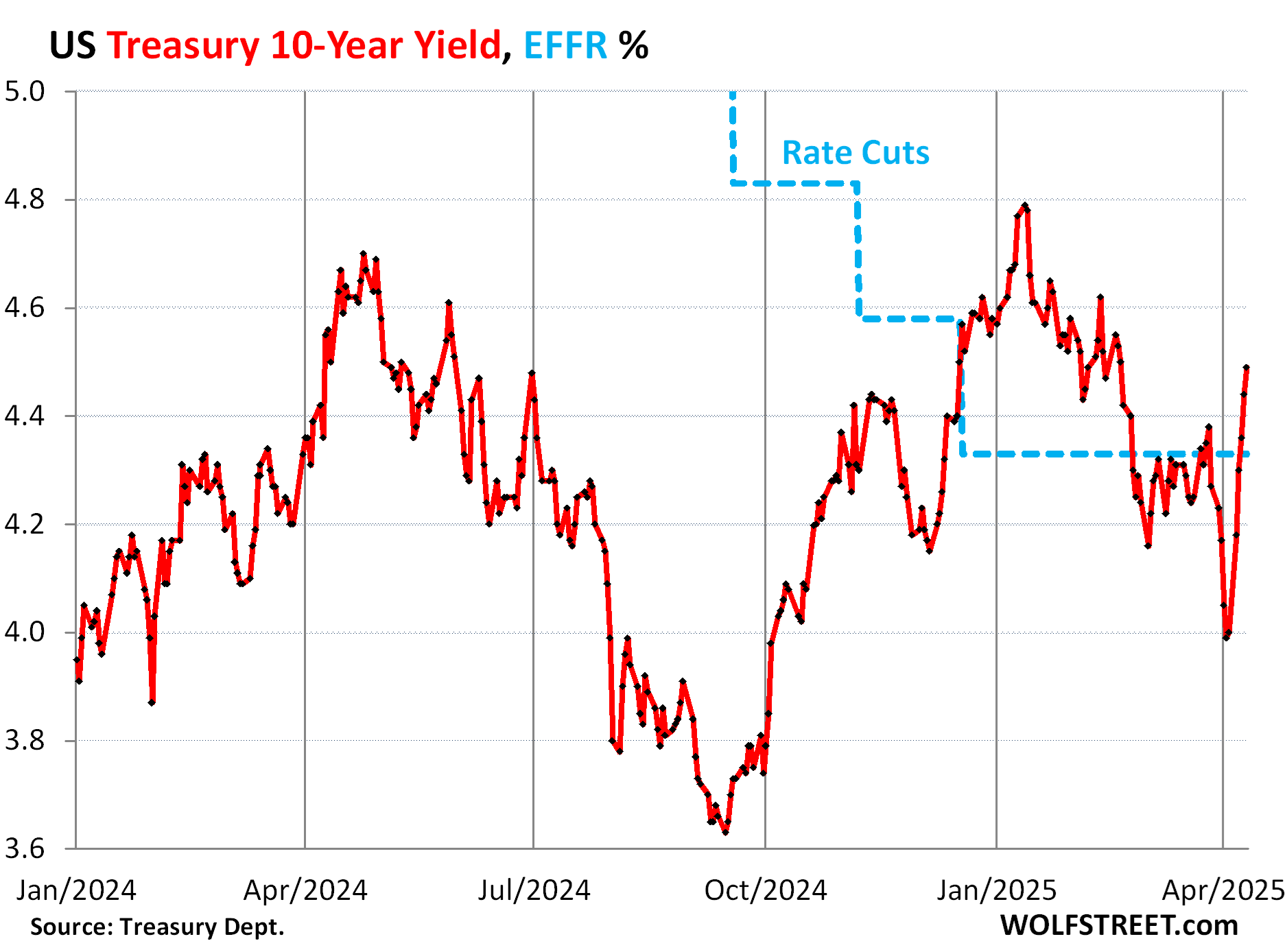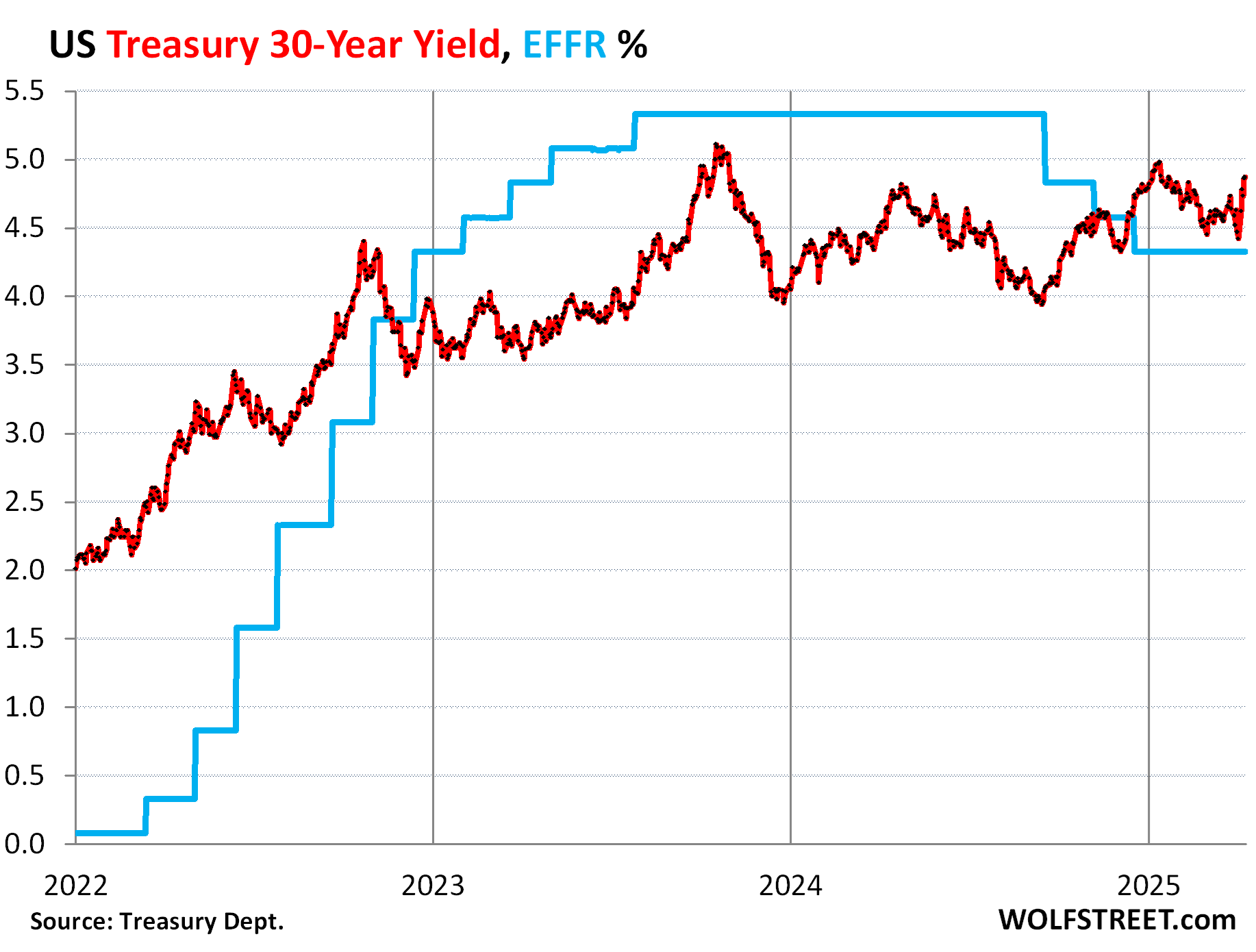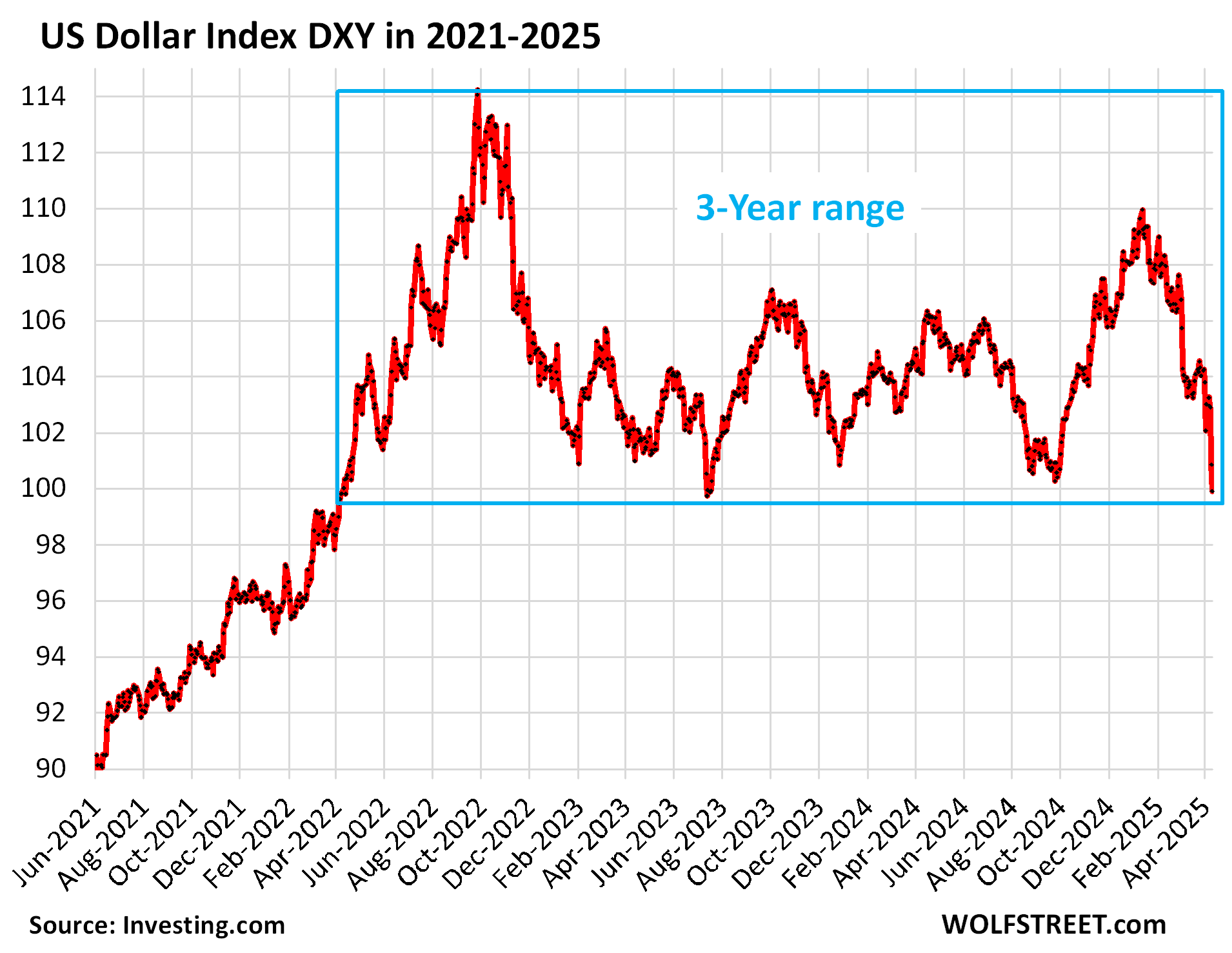Foreign policy isn’t usually a decisive factor in Ecuador’s elections. But as the country heads into Sunday’s razor-edge presidential runoff, Renato Rivera, the director of the Ecuadorian Observatory of Organized Crime, said that the candidates’ stances toward the United States are playing a “fundamental role in the elections.”
In the first round of voting in February, leftist Luisa González, a 47-year-old lawyer and single mother, virtually tied with the incumbent, Daniel Noboa, the 37-year-old son of a banana tycoon and Ecuador’s youngest-ever elected president, who was favored to win.
As Ecuador has quickly gone from one of the safest countries in Latin America to one of the deadliest, security is top of mind for voters, followed by unemployment. For both issues, Ecuador’s ties to the United States loom large—and the two candidates offer divergent visions for the country’s most important bilateral relationship.
While González represents the ideological counterpoint to Donald Trump, Noboa is betting big on the U.S. president. Born in Miami, Florida, and educated in the United States, Noboa was one of the few regional leaders to attend Trump’s second inauguration, and his campaign has focused on cracking down on crime with U.S. support.
“Noboa believes he can win based on desperation for security, and that the United States is the only way to do that,” said Guillaume Long, Ecuador’s former foreign affairs minister and a senior research fellow at the Center for Economic and Policy Research. The question ahead of Sunday’s vote is whether Noboa’s ties to Trump will give him the edge he needs—or represent a liability in a neck-and-neck race.
Ecuador’s relationship with the United States, the country’s biggest trading partner, has long been important to Ecuadorians. “They see closeness to the U.S. as a strength,” Beatriz García Nice, an Ecuador analyst, said.
But bilateral ties have not always been smooth. During former President Rafael Correa’s tenure from 2007 to 2017, relations were marked by Ecuador’s expulsion of the U.S. ambassador and other officials after accusing them of meddling in internal affairs; the granting of asylum to WikiLeaks founder Julian Assange, who published classified U.S. military documents in 2010; and the closure of a U.S. military base in the coastal city of Manta.
Then, in the late 2010s, under President Lenín Moreno, Ecuador’s foreign policy underwent a sharp turn. Moreno’s tenure coincided with the end of the so-called pink tide, an era of left-leaning governments in Latin America, as well as with Trump’s first term. Once Correa’s protégé, Moreno broke with his predecessor and realigned with the United States as he revoked Assange’s asylum, renewed security cooperation with U.S. entities, and exited the Union of South American Nations, a political bloc created largely by leftist leaders.
Moreno was followed by Ecuador’s first conservative president in nearly two decades, Guillermo Lasso, who positioned himself firmly as a U.S.-aligned leader. “Now, there is a renewed closeness between Ecuador and the U.S. based on security cooperation,” Long said. But Noboa has taken bilateral relations with the United States “to an extreme level.”
Noboa won snap elections in October 2023, after Lasso’s decision to dissolve congress amid an impeachment trial against him. Noboa ran on a mano dura (“iron fist”) platform to confront rising crime in Ecuador, driven partly by an expansion and redirection of regional drug-trafficking routes. In just four years, the country’s homicide rate increased from 6.9 per 100,000 people in 2019 to 45 per 100,000 in 2023—one of the world’s “fastest, most radical rises in peacetime,” Long said.
Noboa’s campaign platform included plans to criminalize small-scale drug use, invest in surveillance technology, and install floating prisons. Once elected, he quickly made the United States an important part of his security strategy, dubbed Plan Fénix. The U.S. government has supported the program by providing equipment, military cooperation, and financial assistance to Ecuadorian security forces.
So far, Noboa’s tough-on-crime approach has not made much of a dent. January and February saw a record number of killings, with 781 and 736 violent deaths, respectively. Sixty-one percent of Ecuadorians say that their economic situation and personal security have not improved under Noboa, according to a recent poll.
“A [Nayib] Bukele model won’t work in Ecuador,” said Rebecca Bill Chavez, CEO of the Inter-American Dialogue, referring to the Salvadoran president’s hard-line security strategy, which has landed 1.7 percent of the population in prison—the highest rate of any country. Chavez added that Ecuador’s violence is related to transnational organized crime groups that require tight intelligence cooperation and will not be solved by mass incarceration.
Nevertheless, Noboa still plans to double down on militarization and mano dura. And he is hoping to use his ties with Trump—which he reportedly forged with the help of a family friend, U.S. Health Secretary Robert F. Kennedy Jr.—to do so.
Noboa wants to amend Ecuador’s constitution to permit foreign military bases in the country, upending a Correa-era ban. He has also asked Trump to designate local gangs as foreign terrorist organizations, as the U.S. president recently did with eight other Latin American cartels and criminal gangs. (According to Noboa, Trump said that he would consider it.)
Last weekend, Erik Prince, the founder of controversial U.S. security contractor Blackwater, arrived on Noboa’s invitation to Guayaquil, one of Ecuador’s most violent cities, to provide support to the country’s military. Prince is a longtime Trump ally who has pushed the United States to outsource its deportation program and recently proposed a plan to set up a U.S.-run migrant detention center in El Salvador.
Human rights activists have criticized Prince’s trip to Ecuador, which Chavez said could “undermine civilian oversight, basic rights, and the rule of law.”
Altogether, Noboa’s proposals “highlight high levels of improvisation in the country’s security management,” Rivera said. He added that Noboa’s decision to use the United States “as a platform to attract votes” will have extreme consequences—namely, “the privatization of the war on organized crime.”
Many Ecuadorians do not necessarily see Noboa’s efforts to combat crime as a threat to the country’s sovereignty, García Nice said. Some are disappointed, however, about Noboa’s inability to use his relationship with Trump to negotiate a special deal to exempt Ecuador from the new 10 percent tariff on nearly all U.S. trading partners.
Last month, Noboa reinforced his rapport with Trump during an informal visit to his Mar-a-Lago resort in Florida. A few days later, the United States announced its new tariffs, leading González to mock Noboa, saying that her opponent met with Trump and now “things are worse for us.”
Noboa’s relationship with Trump may not translate into economic advantages, Chavez said. Ecuador has expressed interest in a bilateral trade deal, but Chavez said that the Trump administration will always prioritize its own interests first. Still, analysts point out that González is even less likely to sway Trump’s economic policy.
For her part, González—who served in Correa’s government—has mostly stayed quiet about Trump, carefully balancing Ecuador’s close ties with the United States with her Citizen Revolution Movement party’s criticism of the U.S. president’s leadership and policies. (She has, however, condemned his “inhumane treatment” of Latin American migrants.)
“With the correístas [supporters of Correa’s socialist ideology], it will be a more complicated relationship,” Sebastián Hurtado, the director of Quito-based consultancy Prófitas, said. He added that the correístas are less transactional than Noboa and driven more by ideology.
Chavez believes that González could forge her own political identity. “There is this assumption that she will be like Correa, a replica,” Chavez said. But she points to Moreno as breaking with Correa despite earning his initial support, as well as Mexican President Claudia Sheinbaum, who has developed a distinct political platform from that of her mentor and predecessor, Andrés Manuel López Obrador. “González has shown signs of pragmatism,” Chavez said.
García Nice agreed that though Noboa losing would create some distance in the U.S.-Ecuador relationship, González would likely try to have a cordial and functional relationship with Trump, taking note of Sheinbaum.
Nevertheless, some Ecuadorians remain nervous about how a leftist president may fare against Trump, especially after a recent dispute over deportation flights between Trump and Colombian President Gustavo Petro, which led the former to threaten a tariff of up to 50 percent on Colombian imports and visa restrictions for Colombians.
In an attempt to allay concerns, González recently met with U.S. Ambassador Arthur W. Brown and members of the U.S. business community. She has since said publicly that she and Brown discussed how to strengthen Ecuador’s security cooperation with the United States.
At this point, the race is a toss-up, but Long, for one, thinks that González’s restrained approach may have its advantages vis-à-vis Noboa’s, which has likely become too extreme for many voters. “If he takes it too far—which he did this week [with Prince]—it could backfire,” Long said.

























